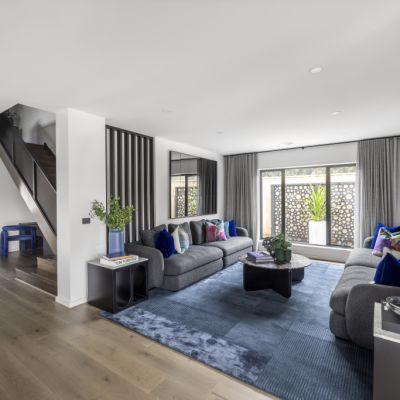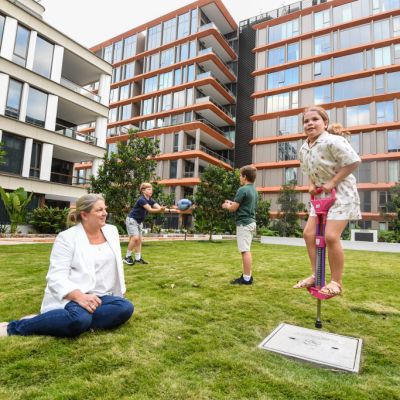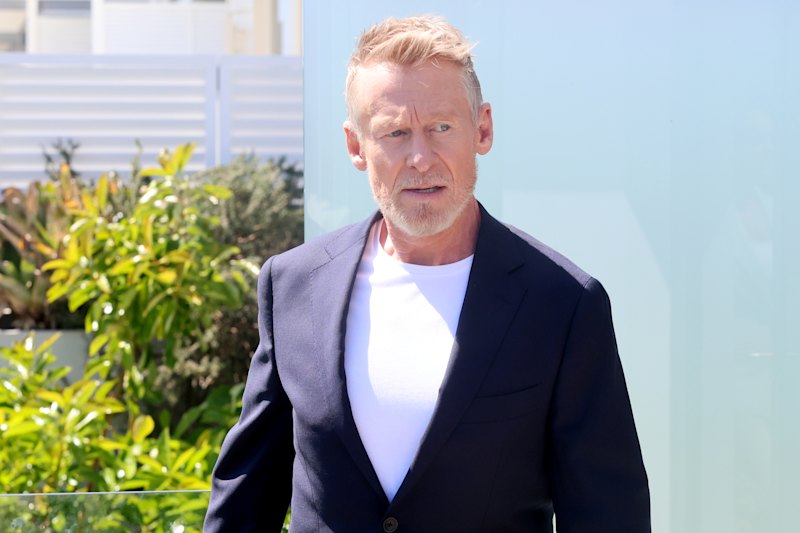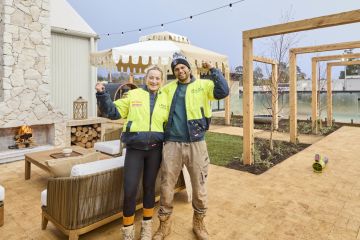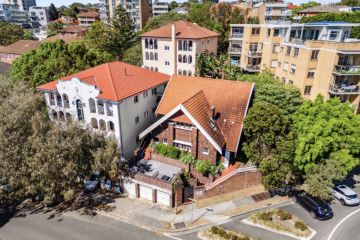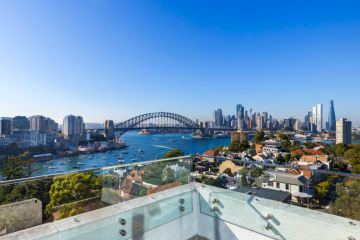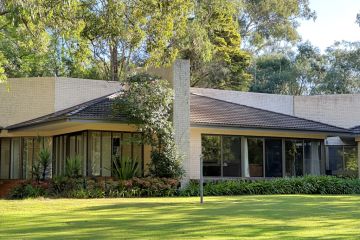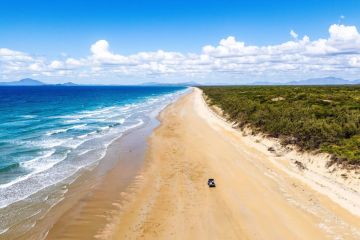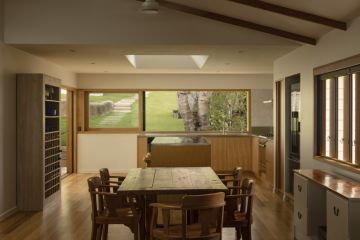How multi-residential projects are taking design cues from nature

Sustainability is firmly on the housing agenda, yet many buyers are put off by the notion of high costs and poor aesthetics when it comes to the crunch.
Design entrepreneur Liam Wallis is on a mission to show the world that nature-first design is stylish, cost-effective and enhances wellbeing.
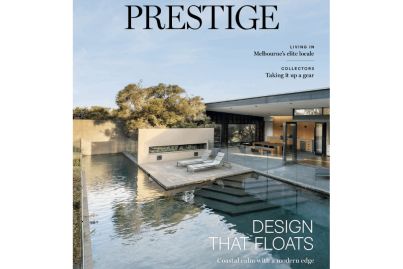

His studio has produced Ferrars & York, 22 carbon-neutral apartments in South Melbourne, as an example of what can be achieved by combining old and new school technology.
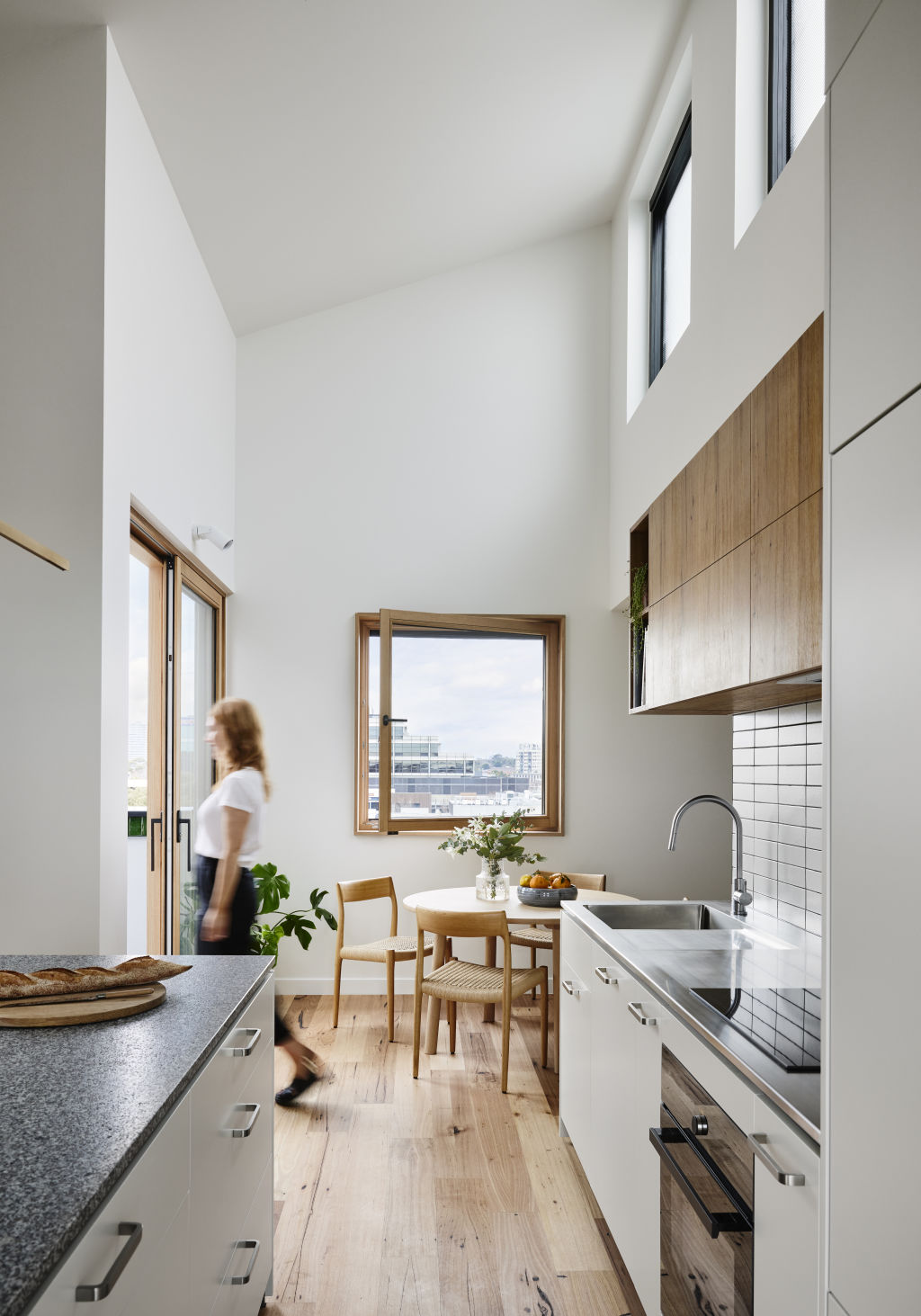
Since then, the building has won several awards, including the “best of the best” at the 2023 Architecture and Design Sustainability Awards.
“I think part of the reason we do what we do is to demonstrate building better buildings that use less energy are more comfortable and healthier buildings, ultimately, to live in,” Wallis says.
“They’re not only possible, but they’re commercially viable. It’s so easy for people to criticise these sorts of projects, but when you build one and people experience them, and feel and see the benefit tangibly, it’s very hard to refute their value.”
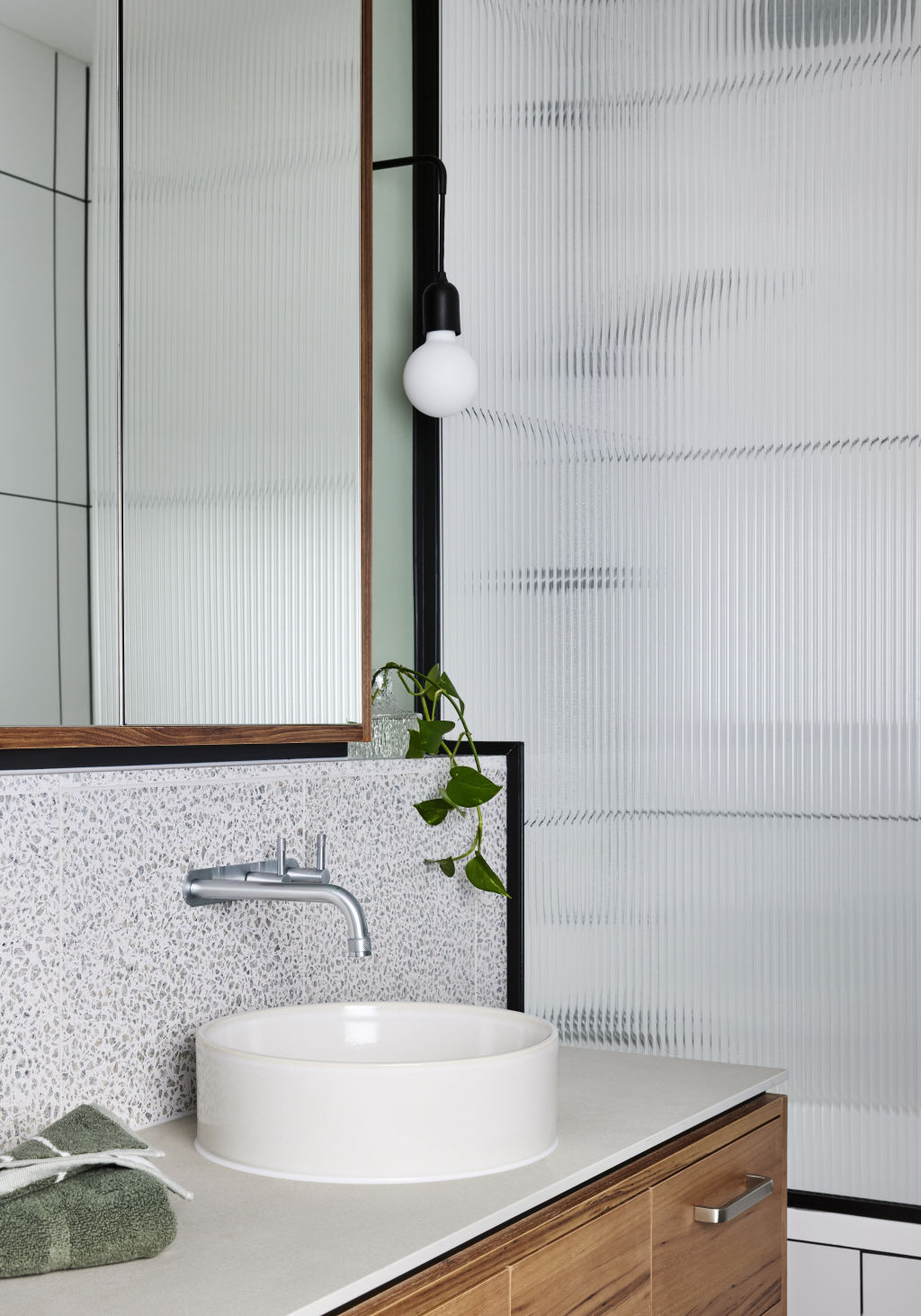
It’s a tough ask to turn an entire industry around to the notion of forsaking materials and techniques that have been used for decades. However, new developments across Australia are increasingly incorporating natural elements to create homes that will last well into the future with zero or minimal environmental impact.
The shift can’t come soon enough, says Wallis.
“We’re building big cities all around the world and big cities encroach on natural habitats and ecosystems, and also extract resources from natural habitats and ecosystems,” he explained.
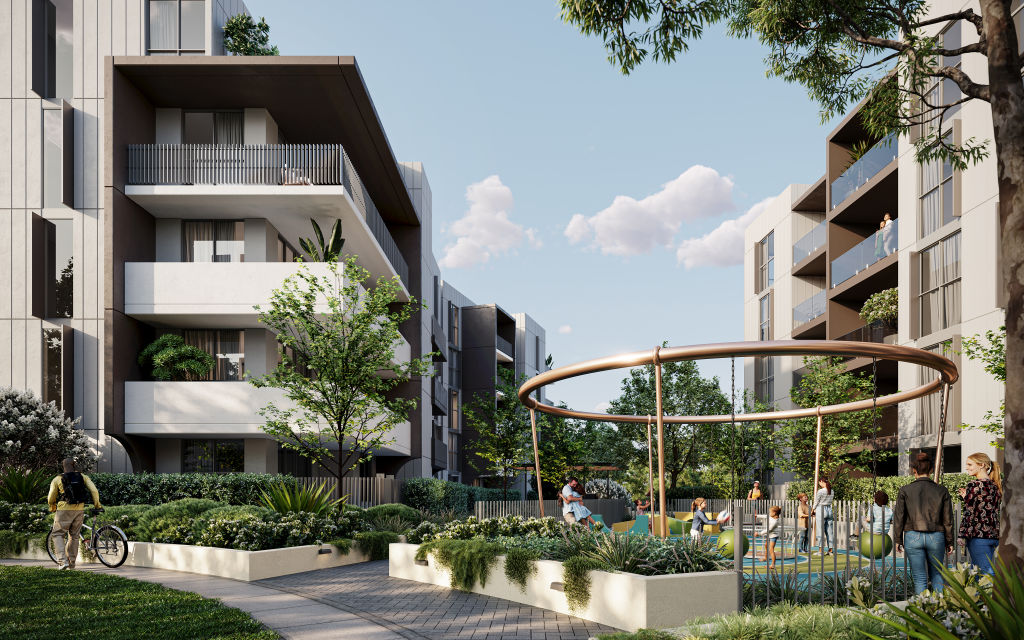
“So it’s sort of this broader displacement issue that is one of the key issues as the footprint of cities expands, we are losing biodiversity in cities. Nature-based design is starting to think about how we can rectify the displacement of natural systems and start to design in a way that reduces the urban heat island impact of our current cities.”
Even the simplest techniques make a difference: lighter-coloured roofs rather than heat-absorbing black, rainwater collection for watering gardens, and native planting to attract local birdlife and insects.
At Jasmine, the seventh release of homes at the Schofield Gardens project in north-west Sydney, developer Aland has employed passive energy solutions, solar systems, electric vehicle charging stations, natural materials and recycled bricks.
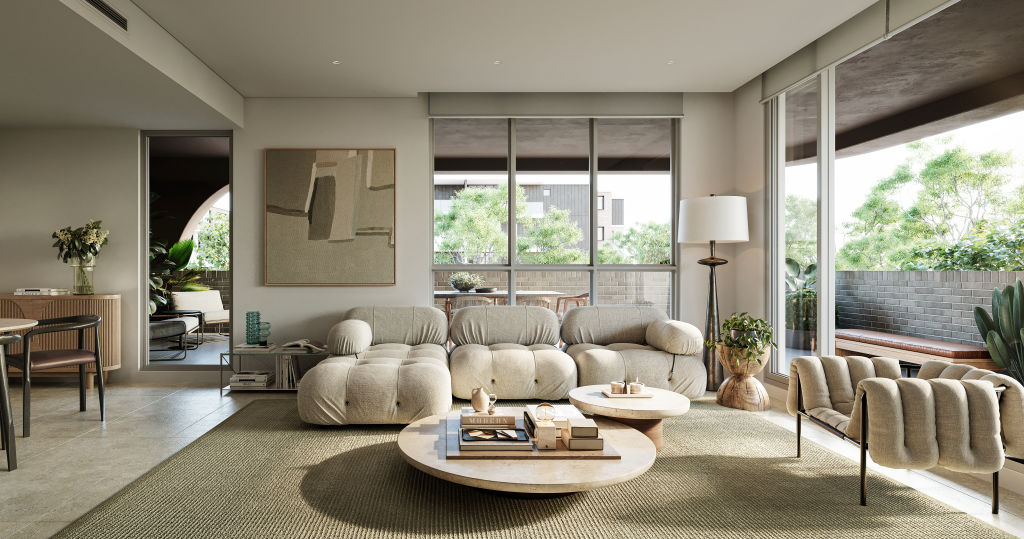
It’s a build that satisfies green criteria but also bucks the trend in terms of longevity, says Aland’s Monique Hrsto.
“These buildings could be here for a hundred years,” she says.
“We spent a lot of time researching sustainable methods of construction, for example the Hebel panels, and the outcome is that now there’s actually a material in the building which reduces the need for rework and improves the product life cycle of the development, which overall decreases the amount of greenhouse gases released into the environment.”
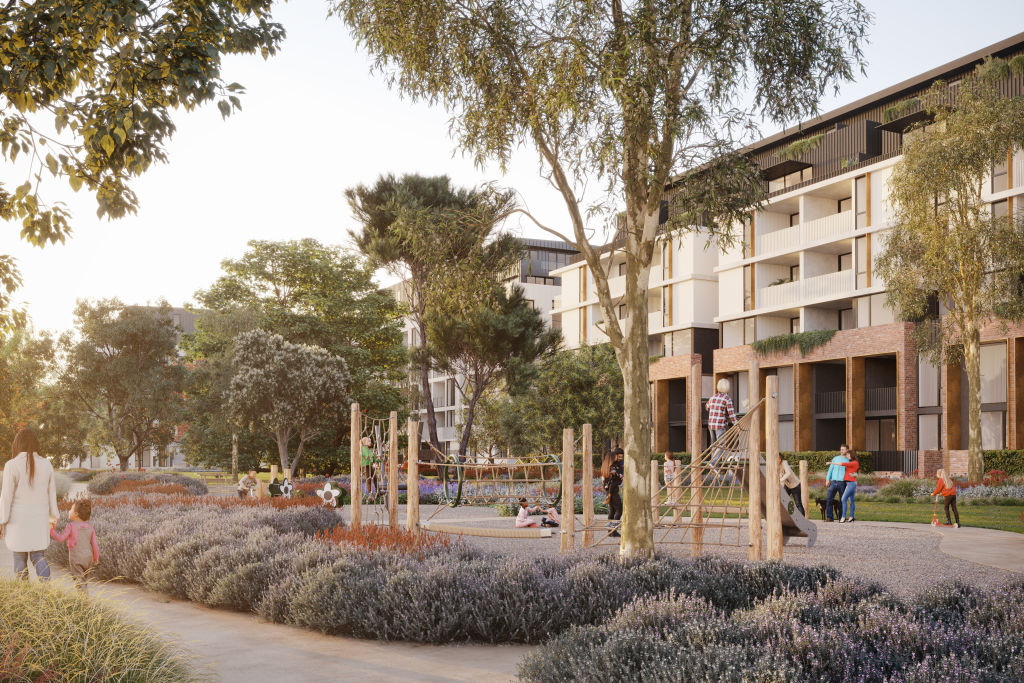
Environmentally friendly design commonly includes greater collaboration with landscape designers, which has led to an increase in the number of parks and gardens in new developments.
With countless studies linking nature to improved mental health and even reductions in neighbourhood crime, this has the bonus of improving residents’ quality of life.
“There will be over 6000 square metres of landscaped area across the whole Schofield Gardens project,” Hrsto says. “We’ve planted herb gardens and fruit trees, and it gives that sense of community.
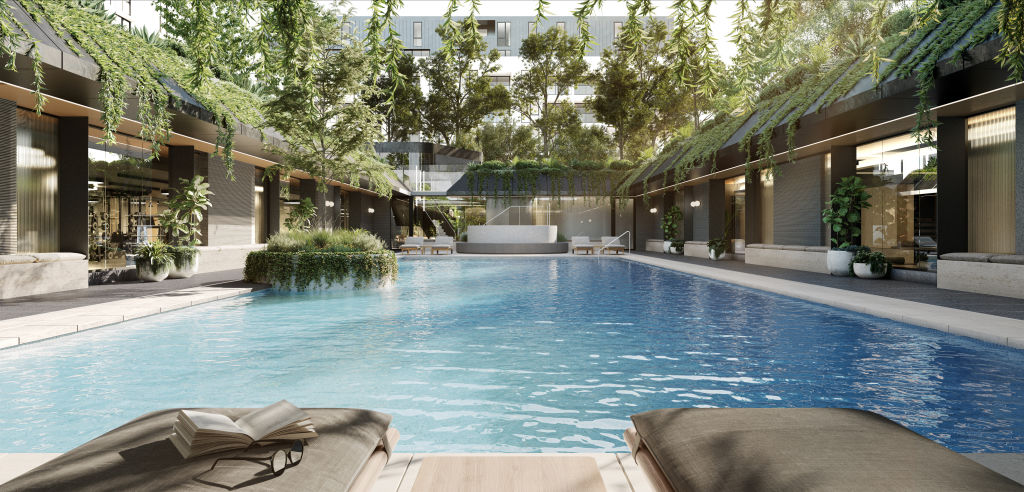
“We’ve heard stories of people in the common areas picking out the fruits and herbs and things, as well as having barbecues in the communal areas and playing cricket. So there’s a whole bunch of benefits.”
At Highett Common, in Melbourne’s south-east, the 9.3-hectare site will include a 3-hectare conservation zone to regenerate habitats for rare and threatened flora and fauna such as the Yellow Box eucalyptus trees.
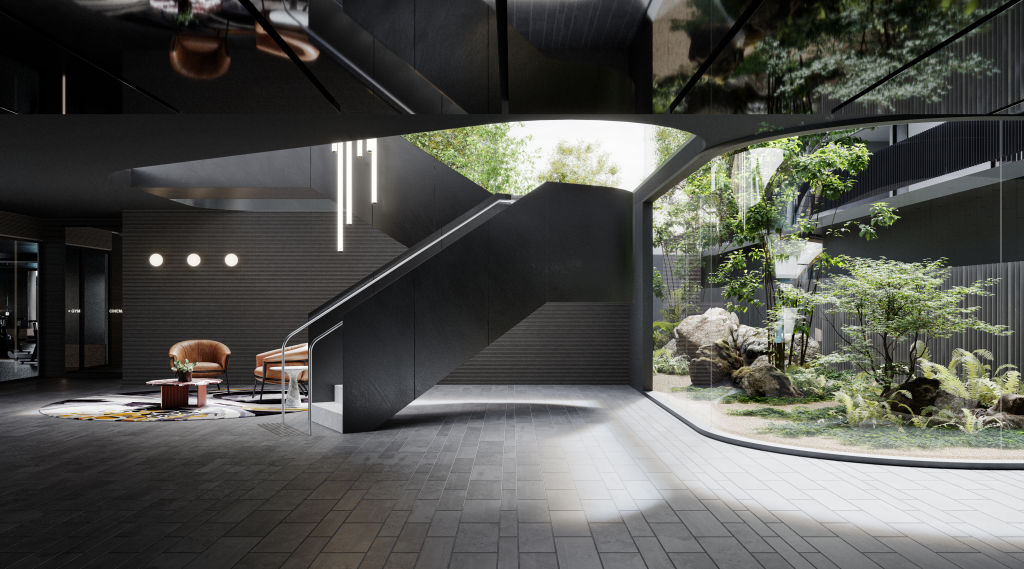
Such an approach lends itself to community events that bring residents together, says Scott Jessop at Sunkin Property Group, developer of Highett Common.
“The precinct will be entirely walkable to influence resident health and wellbeing, creating opportunities to engage in outdoor physical activity and enhance a sense of community,” he says.
“This focus on wellbeing will be further extended by a resident survey-based program of events to assist in mental wellbeing and connect residents through programs such as running groups, parenting classes and more.”
We recommend
We thought you might like
States
Capital Cities
Capital Cities - Rentals
Popular Areas
Allhomes
More
